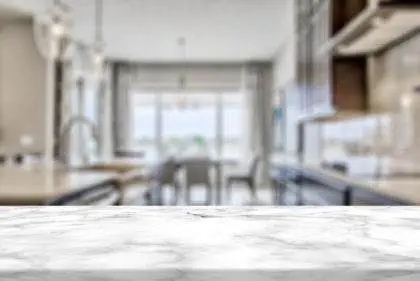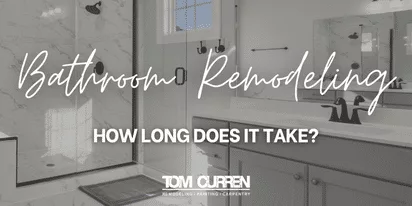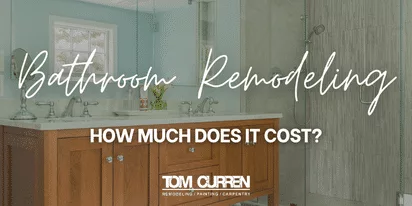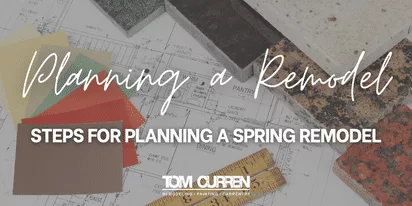Cabinetry: What are your options?
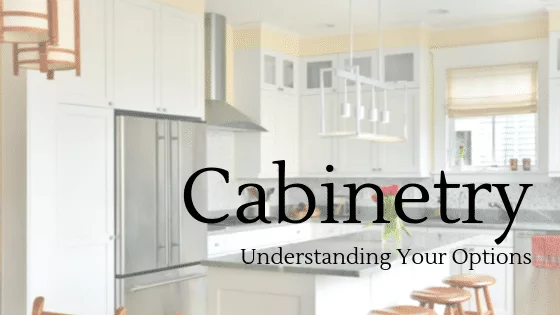
Cabinetry comes in a wide variety of options that are functionally and aesthetically quite distinct, and—when making a choice for your home—the decision can be overwhelming. Framed cabinets, frameless cabinets, full overlay, partial overlay, inset—what are the differences?
Well, we’re here to talk you through them.
First things first: you need to know what distinguishes framed cabinets from frameless cabinets. It sounds self-explanatory (and, to a certain degree, it is), but it’s a little more complicated than it seems.
Framed cabinets are widely considered the more traditional of the two styles. American cabinet manufacturers have been making them that way for a long time. The only thing to really remember about them is this: they have an inside fame that extends past the edges of the cabinet box. Other than that, we can talk about framed cabinets in terms of what they aren’t: i.e. frameless cabinets.
Frameless cabinets go by several other aliases: most tellingly, as either “European” or “Full-access” cabinets. Let’s break that down a bit. “European” carries with it all the suggestive elegance that we invest in the word—which was almost certainly a calculated decision, made by whatever brilliant marketing team attached “European” to frameless cabinets in the first place. Not only have frameless constructions seen a rise in popularity, but they’ve come to be associated with a sleek, modernist aesthetic that makes them a very strong choice for contemporary-style kitchens. Calling them “Full-Access” cabinets was also, very likely, a strategic marketing decision. It distinguishes the box constructions from each other while implying that the increased functionality of frameless cabinets is a good-in-itself. Which, maybe, it is—but that depends on your personal aesthetic.
Now that we’ve gotten the differences between framed and frameless cabinets out of the way, let’s look at overlay styles.
a) Full overlay: Full overlay doors are among your three options for framed cabinets, but it is your only overlay option if you go with frameless cabinetry. It completely covers the front of the cabinet box, and gives your cabinetry a smooth, unbroken appearance.
b) Partial overlay: Partial overlay doors are often considered the “standard” style for cabinet doors. They cover only part of the cabinet frame, and are mounted on the face of the cabinet box. With partial overlay doors, be aware that your drawers and cabinets will likely lose some space. While partial overlay doors are sometimes considered less aesthetically pleasing than, say, inset or full overlay doors, they’re also typically your least costly option.
c) Inset cabinets: Inset cabinets are installed within the face frame, leaving the entire frame exposed. They’re often a more expensive option, though they do give your cabinets a more customized look. Like partial overlay doors, inset cabinet doors will also lose you a little bit of space.
So there’s your quick and easy primer on cabinetry. Hopefully, you now have a better idea about the variations of overlay options and, of course, the ways in which framed and frameless cabinets differ. Should you have any further questions or be in need of an expert to help you with your cabinetry, don’t be shy: get in touch and we’ll be more than happy to help.
CHECK OUT
Related Projects
READ OUR
Locations







